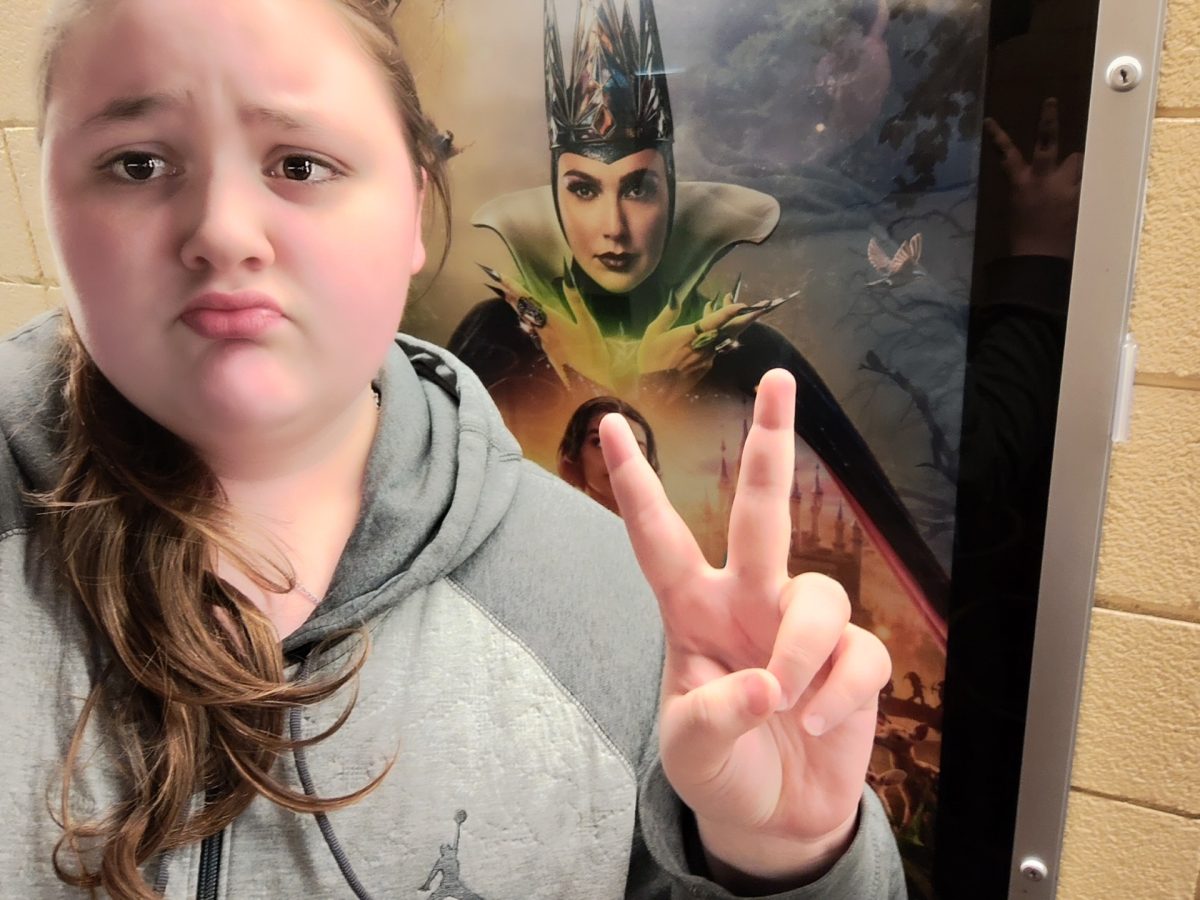NASA predicts cosmic event
February 10, 2016
The next major cosmic event will be between our closest galaxy, Andromeda, and the Milky Way. In four billion years, NASA has predicted that the two galaxies will collide into each other and form a new galaxy. Even though each galaxy is moving at 402,000 kilometers per hour, it will still take four billion years to collide.The galaxies will finish colliding in six billion years. NASA used the Doppler Effect to work out the probabilities of the collision outcome. The Doppler Effect is an increase or decrease in the frequency of sound, light, or other waves as a source and observer move toward or away from each other.
Currently, Andromeda is 2.5 million light years away and is falling forward towards the Milky Way. Andromeda is being pulled by the gravity and dark matter between the two galaxies at a speed that is 2000 times faster than it usually travels. As stated in the article on nasa.gov, the solar system will be tossed further from the galactic core of the Milky Way. Nothing will actually collide during the event because the stars and the planets are too far apart.
Two billion years after the new galaxy is formed, the Triangulum Galaxy, located about 2.7 million light-years from the Milky Way, is supposed to collide with the galaxy. There is a small chance that on collision the Triangulum galaxy will hit what was previously the Milky Way.
When the universe was smaller, collisions were actually very common. This is because everything was so tightly packed that the galaxies did not have any “elbow room” to move around as they pleased.
“If you’re around in a couple billion years, it’s going to be a pretty spectacular show,” science teacher Bethany Allen said.
Source: nasa.gov



























